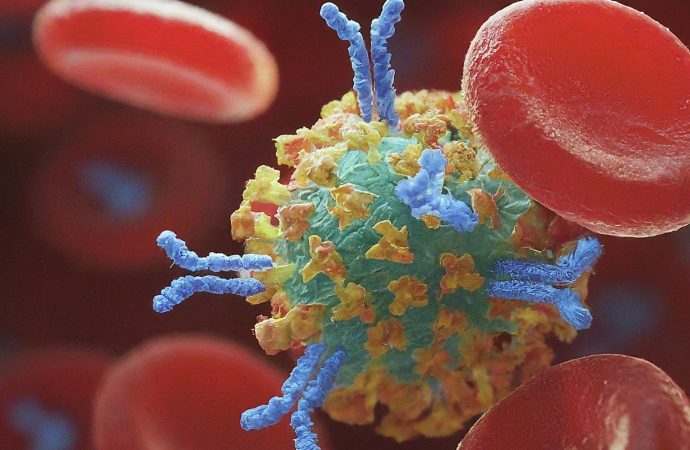Don’t Get FLiRTED With: Understanding New COVID Variants Ever feel bombarded with confusing headlines about new COVID variants? You’re not alone. Keeping up with the latest scientific jargon can be a challenge, especially when it comes to unfamiliar terms like “FLiRT.” But fear not! This article will break down everything you need to know about
Don’t Get FLiRTED With: Understanding New COVID Variants
Ever feel bombarded with confusing headlines about new COVID variants? You’re not alone. Keeping up with the latest scientific jargon can be a challenge, especially when it comes to unfamiliar terms like “FLiRT.” But fear not! This article will break down everything you need to know about FLiRT, its connection to new variants, and what it means for you.
Decoding FLiRT: Understanding Fast-evolving Lineages Requiring Testing
FLiRT stands for “Fast-evolving Lineages Requiring Testing.” It’s not a specific variant itself, but rather a system used by public health officials to identify concerning COVID strains. These strains may have mutations that raise red flags, like increased transmissibility or the ability to evade vaccines. By flagging these potential threats early (through FLiRT), scientists and health authorities can monitor them closely and take necessary precautions if needed.

Picture by: Google Gemini
The Science Behind FLiRT: How New COVID Variants Emerge
Viruses like COVID-19 constantly mutate as they replicate. Most mutations are harmless, but some can give the virus new properties. For instance, a mutation might make the virus spread more easily or allow it to partially bypass our immune defenses. These mutated viruses are called variants.
FLiRT helps us identify variants with worrying characteristics. Dr. Olivia Jones, a virologist and infectious disease specialist at Mount Sinai Hospital in New York City, explains, “FLiRT allows us to prioritize which variants need the most scrutiny. By focusing on these strains, we can quickly understand their potential impact and develop appropriate strategies to minimize their spread.”
Variants in the Spotlight: Key Players You Should Know About
While FLiRT is a system, it often gets linked to specific variants under close watch. Some recent examples include new sublineages of Omicron, like KP.2. These variants haven’t caused a significant surge in cases yet, but they serve as a reminder that the virus continues to evolve.

Picture by: Google Gemini
FLiRT and You: What it Means for Protecting Yourself
The good news is that existing vaccines and public health measures like masking and social distancing remain effective against most variants, including those identified by FLiRT. Here’s how you can stay protected:
- Stay up-to-date on vaccinations and boosters. Getting all recommended COVID-19 shots offers the best defense against serious illness.
- Practice good hygiene. Wash your hands frequently and avoid touching your face.
- Consider masking in crowded indoor settings. This can help reduce the risk of transmission, especially for vulnerable individuals.
The Future of FLiRT: Staying Informed and Prepared
The emergence of FLiRT variants is a natural part of the virus’s lifecycle. By staying informed about FLiRT and new variants, we can collectively adapt our approach to managing COVID-19. Here are some resources to keep you updated:
- The Centers for Disease Control and Prevention (CDC): https://www.cdc.gov/coronavirus/2019-ncov/index.html
- The World Health Organization (WHO): https://www.who.int/emergencies/diseases/novel-coronavirus-2019
Conclusion: Knowledge is Power: Fight FLiRT with Awareness
FLiRT may sound like a playful acronym, but it serves a critical role in safeguarding public health. By understanding how FLiRT helps us track new variants and what you can do to protect yourself, you become an active participant in managing the pandemic. Remember, knowledge is power. Stay informed, take necessary precautions, and together, we can navigate the evolving landscape of COVID-19.
















